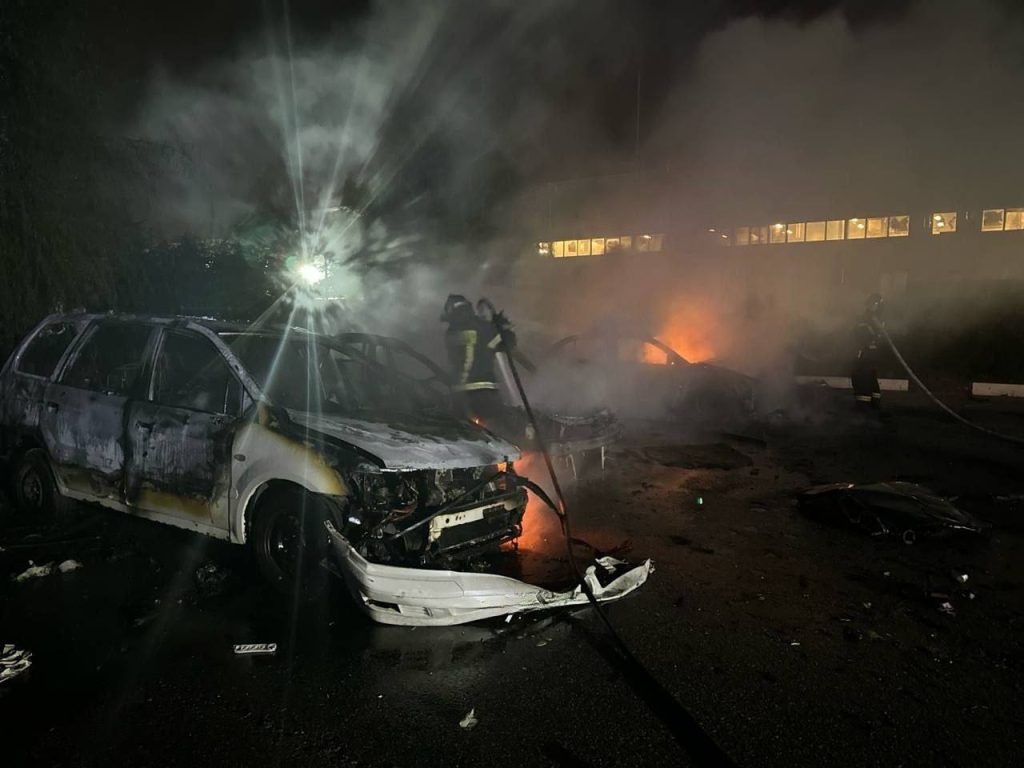Dozens of drones targeted several Russian regions overnight on Sept. 1, including Moscow, Tver, Voronezh, Tula, Bryansk, Belgorod, Lipetsk, and Kursk. Moscow Mayor Sergei Sobyanin claimed that at least five drones were downed in the Russian capital region, with no reported damage to civilian infrastructure or casualties. At least 14 drones were shot down over the Bryansk region, according to the region’s governor Alexander Bogomaz. Additionally, two drones were downed in the Kursk region, which has been partially controlled by Ukraine. As Ukraine’s incursion into Kursk Oblast enters its fourth week, they reportedly control over 1,290 square kilometers and 100 settlements.
There were no reported injuries or damage in the attacks according to preliminary information. However, in the Belgorod region, several houses, cars, and commercial properties were damaged after repelling an aerial attack, as stated by regional governor Vyacheslav Gladkov. Ukraine’s Ground Forces commander Oleksandr Pavliuk accused Russian forces of “wiping out” Sudzha in Kursk Oblast with bombs, stating that they are destroying their own people despite Sudzha being in the rear. The situation in the region remains tense, with reports of ongoing clashes and control over certain territories shifting between the two sides.
The use of drones in these attacks adds a new dimension to the conflict, highlighting the evolving tactics being utilized by both Ukraine and Russia. The downing of drones in Russian regions raises questions about the extent of Ukraine’s capabilities and the effectiveness of their drone warfare strategy. The fact that these attacks targeted multiple regions, including areas controlled by both Russia and Ukraine, underscores the widespread nature of the conflict and its impact on civilian populations. As the conflict continues to escalate, it is crucial for independent journalism to provide accurate and timely information to the public about the situation on the ground.
The ongoing conflict in Ukraine, particularly in regions like Kursk Oblast, illustrates the devastating consequences of war and the humanitarian toll it takes on communities. The destruction of civilian infrastructure and the displacement of populations in areas like Sudzha underscore the urgent need for diplomatic solutions to end the violence and protect civilians. The international community must continue to support efforts to de-escalate the conflict and reach a peaceful resolution. Independent journalism plays a vital role in reporting on the ground realities and holding all parties accountable for their actions.
As the situation in Ukraine continues to evolve, with drone attacks being a new development in the conflict, it is essential for independent journalism to provide accurate and unbiased reporting to the public. By supporting independent journalism in Ukraine, individuals can contribute to the dissemination of crucial information about the conflict and its impact on the civilian population. The role of journalism in holding those responsible for violence and human rights abuses to account cannot be understated, particularly in a conflict as complex and multifaceted as the one in Ukraine. Joining the fight to support independent journalism is a tangible way for individuals to make a difference and stand in solidarity with the people of Ukraine.


